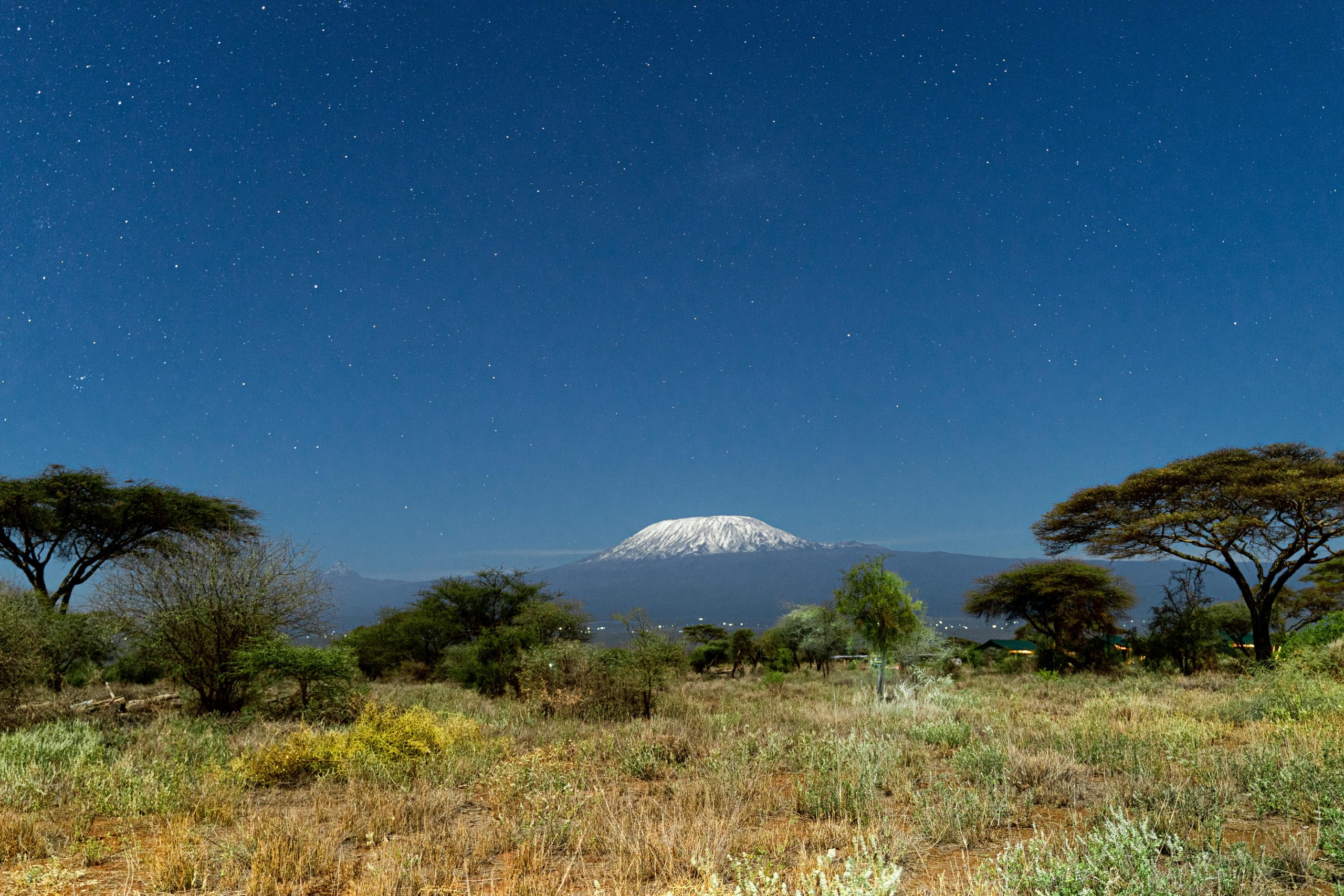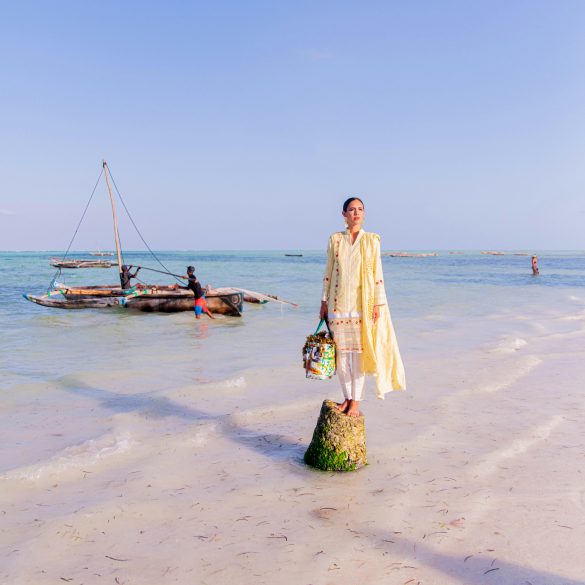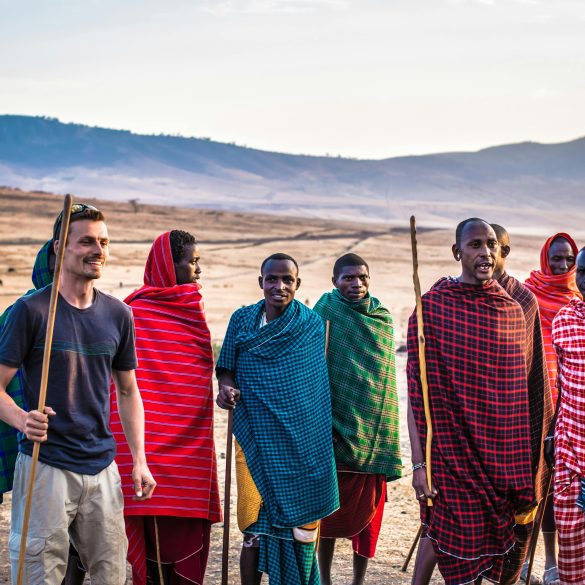Budget vs Luxury Safari in Serengeti: What’s the Difference?
Honestly, I’ll never forget the moment our budget safari guide whispered urgently, “Lions ahead—get your cameras ready.” My heart was pounding just as hard as it would three years later when I experienced the same thrill from a luxury safari vehicle with champagne in hand. The wildlife doesn’t care how much you’ve spent, but—and here’s what really matters—everything else about your Serengeti experience absolutely does.
Having experienced both ends of the safari spectrum, I’m often asked whether splurging on luxury is worth it or if budget options deliver the same magic. The truth? It’s way more nuanced than most travel blogs admit. After organizing safaris for friends, family, and even my skeptical mother-in-law (who now can’t stop talking about “her” elephants), I’ve learned that the “right” choice depends entirely on what you value most.
What strikes me most about safari discussions is how people focus entirely on price without considering what that money actually buys you. Sure, both budget and luxury safaris will show you the Great Migration—that’s pretty much guaranteed if you time it right. But the difference lies in comfort levels, group dynamics, food quality, and honestly, how exhausted you’ll feel each evening.
I remember chatting with a German couple on my first budget safari who’d saved for three years to afford the trip. They were absolutely thrilled with their basic tent accommodation and shared meals. Contrast that with my luxury safari experience, where I met a family who’d upgraded specifically because mom needed certain medical accommodations and dad couldn’t handle sleeping in anything that wasn’t climate-controlled.
The Reality of Safari Accommodations
Let’s get straight to what everyone’s really wondering about—where you’ll actually be sleeping. Budget safari accommodations typically mean camping, either in your own tent or basic permanent tents with shared facilities. I’ll be honest: if you’re not comfortable with communal bathrooms or the sounds of wildlife literally right outside your tent, this might challenge you more than you expect.
On my budget safari, our campsite was essentially a clearing with basic toilet facilities and a designated cooking area. The experience felt incredibly authentic—maybe too authentic when a curious hyena decided to investigate our dinner preparations. My tent-mate (yes, you’ll likely share) was a fantastic travel blogger from Australia, but privacy was definitely at a premium.
Luxury safari lodges, on the other hand, redefine what’s possible in the middle of the African wilderness. Picture this: a spacious tent (and I mean spacious—some are larger than my first apartment) with a private bathroom, often featuring both indoor and outdoor showers. The first time I stepped into my luxury tent at Serengeti Under Canvas, I actually laughed out loud. Here I was, in the middle of nowhere, with Egyptian cotton sheets and a view that belonged in National Geographic.
Quick Reality Check: What “Tent” Actually Means
Budget safari tents are exactly what you’d expect—basic camping equipment designed for functionality. Luxury “tents” are essentially hotel rooms with canvas walls, complete with electricity, plumbing, and sometimes even air conditioning. Don’t let the terminology fool you.
| Accommodation Aspect | Budget Safari | Luxury Safari | My Experience Rating |
|---|---|---|---|
| Privacy Level | Shared tents, communal facilities | Private suites with ensuite bathrooms | Luxury wins significantly |
| Comfort Features | Basic bedding, shared washing areas | Premium linens, climate control, hot water | Comfort vs authenticity trade-off |
| Wildlife Proximity | Very close—sometimes too close | Close but with safety barriers | Budget offers more “authentic” experience |
Game Drives: Where Your Money Shows
This is where things get really interesting, and honestly, where I think the biggest differences emerge. Budget safaris typically use older Land Rovers or similar vehicles, often without pop-up roofs. You’ll share your vehicle with 6-8 other travelers, which can make photography challenging and wildlife viewing a bit cramped.
I remember one particularly memorable (for all the wrong reasons) game drive where our budget vehicle broke down just as we spotted a leopard in a tree. While our guide worked on repairs, we watched through binoculars as the luxury vehicles positioned themselves perfectly for photos. By the time we got moving again, the leopard had disappeared. That’s safari life, but it still stung a bit.
- Budget vehicles: 6-8 passengers, limited roof access, basic radio communication
- Luxury vehicles: 4-6 passengers maximum, guaranteed window seats, multiple radio channels
- Photography considerations: Luxury vehicles often have professional-grade equipment available
- Flexibility: Premium safaris can adjust schedules more easily for optimal wildlife viewing
What really surprised me about luxury game drives was the communication network. Premium operators maintain constant radio contact between vehicles and with local guides, creating what feels like a coordinated wildlife intelligence system. When someone spots something spectacular, everyone knows within minutes.

Dining: More Important Than You Think
Okay, this might sound superficial, but hear me out—food quality becomes absolutely crucial when you’re spending 12+ hours a day in vehicles and dealing with African heat. Budget safaris typically provide basic, filling meals prepared over campfires. Think hearty stews, rice dishes, and simple proteins. It’s not bad, but after day three of similar meals, you start craving variety.
My budget safari meals were definitely adequate, and there’s something genuinely satisfying about eating around a campfire under the African stars. But I’ll admit, by day four, I was fantasizing about fresh vegetables and meals that weren’t primarily carb-based. The cooking facilities were basic, and meal times were pretty rigid—you eat when the group eats.
Luxury safari dining, though? That’s an entirely different experience. We’re talking about multi-course meals prepared by trained chefs, often featuring local ingredients prepared with international techniques. Fresh salads, grilled meats, and yes, even wine pairings if that’s your thing. The first night of my luxury safari, I couldn’t believe we were eating herb-crusted kudu with roasted vegetables in the middle of the Serengeti.
Tanzania Food Culture Insight
Traditional Maasai diet consists primarily of milk, blood, and meat from cattle. Modern Tanzanian cuisine blends this heritage with Indian, Arab, and European influences due to historical trade routes. Many luxury safari lodges now incorporate traditional Maasai ingredients and cooking methods into gourmet presentations, creating unique fusion experiences you won’t find anywhere else in the world.
Practical Dining Considerations
- Dietary restrictions: Luxury operators handle special diets much more easily
- Meal timing: Budget safaris have fixed schedules; luxury offers flexibility
- Alcohol policy: Many budget operators restrict or charge extra for alcohol
- Fresh ingredients: Luxury lodges fly in fresh produce regularly
- Cultural integration: Premium experiences often include traditional Maasai meals
Your Guide Makes or Breaks Everything
This is honestly where I think the most dramatic differences appear, and it’s something most people don’t consider when booking. Budget safari guides are often newer to the profession or working for operators with high turnover. That doesn’t mean they’re bad—some of my most memorable safari moments came from enthusiastic guides who were genuinely excited to share their knowledge.
But here’s what I noticed: luxury safari guides tend to be seasoned professionals who’ve chosen to work for premium operators. They often have specialized training in areas like bird identification, tracking techniques, or even photography instruction. My luxury guide, Samuel, had been leading safaris for twelve years and could identify animal tracks I couldn’t even see.
The group size factor is huge here too. Budget safaris often mean 8-10 people sharing one guide’s attention, while luxury safaris typically limit groups to 4-6 people maximum. That means more personalized attention, better positioning for wildlife viewing, and honestly, less competition for the guide’s expertise and stories.
What to Ask About Your Safari Guide
- Years of experience specifically in Serengeti
- Specialized training or certifications
- Language capabilities beyond English
- Photography or birding expertise if that interests you
- Maximum group size they’ll guide
The Real Numbers: What You’re Actually Paying For
Alright, let’s talk money—because this is probably why you’re reading this article in the first place. Budget Serengeti safaris typically range from $150-300 per person per day, while luxury experiences can cost $800-2000+ daily. That’s a significant difference, but what are you actually getting for that extra money?
| Cost Component | Budget Safari Daily | Luxury Safari Daily | Value Assessment |
|---|---|---|---|
| Accommodation | $40-80 | $400-800 | Diminishing returns above $500 |
| Meals | $25-40 | $100-200 | Significant quality difference |
| Transportation | $50-80 | $150-300 | Comfort vs cost consideration |
| Guide Services | $30-50 | $100-200 | Often worth the investment |
What really opened my eyes was understanding the hidden costs that aren’t always obvious upfront. Budget safaris often exclude park fees (which can be $60+ per day), drinks, tips, and sometimes even basic items like sleeping bags. Luxury safaris typically include everything except personal shopping and spa services.
Which Option Actually Suits You?
After experiencing both and helping others plan their Serengeti adventures, I’ve developed some pretty specific recommendations based on traveler types. Budget safaris work brilliantly for adventure-minded travelers who prioritize wildlife experiences over comfort, don’t mind shared accommodations, and want maximum value for their safari investment.
Choose budget safari if you’re comfortable camping, enjoy meeting fellow travelers, have a flexible schedule, want authentic African bush experience, and view accommodation as just a place to sleep. I still recommend budget safaris to young travelers, adventure enthusiasts, and anyone who genuinely prefers authentic over polished experiences.
Luxury Safari Makes Sense When:
- You have mobility concerns or need medical accommodations
- Privacy and personal space are non-negotiable
- Photography is a primary goal requiring optimal positioning
- You’re celebrating a special occasion or milestone trip
- Dietary restrictions require specialized meal preparation
- You want maximum wildlife viewing opportunities through premium guide networks
Honestly, both experiences gave me incredible memories and transformed my understanding of African wildlife. The budget safari taught me resilience, introduced me to amazing fellow travelers, and provided genuine adventure. The luxury safari allowed me to focus completely on wildlife photography, learn from an expert guide, and experience comfort I didn’t know was possible in the wilderness.
My recommendation? If this is likely your only Serengeti visit and budget allows, consider luxury. The enhanced wildlife viewing opportunities and expert guidance create irreplaceable experiences. But if you’re young, adventurous, or planning multiple African trips, budget safaris offer incredible value and authentic cultural immersion that’s equally transformative.
Whatever you choose, book with reputable operators, verify what’s included versus excluded, and remember that the Serengeti’s magic isn’t determined by your accommodation quality—it’s about witnessing one of Earth’s most spectacular natural phenomena. Both budget and luxury safaris deliver that life-changing experience; they just package it differently.



